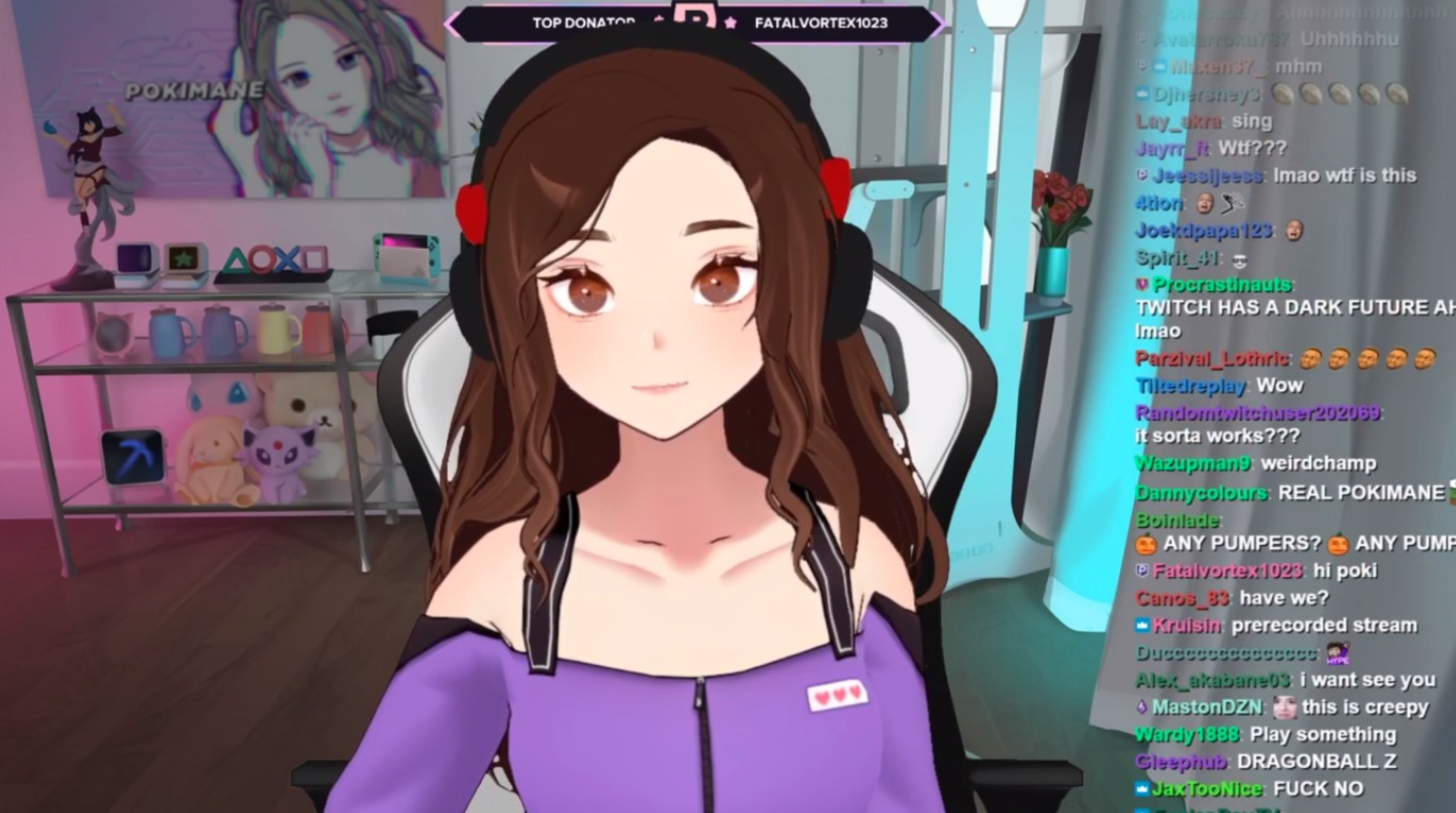A VTuber describes a YouTube creator who uses an avatar in place of actually appearing on camera. (VTuber is short for “virtual YouTuber.”)
Typically depicted in anime style, VTubers are currently most common on Japanese-speaking channels.
Kizuna AI, often considered the first modern VTuber, has more than 10 million subscribers across various social platforms.
KizunaAI and other popular VTubers often utilize high-tech production equipment, including full body-motion rigs.
For newer channels, a webcam and basic face-tracking software can suffice. VTuber Maker, a dedicated VTuber tool on Steam, has over 400 reviews.
And the trend is spreading from Japan. A YouTube survey found that 47% of all viewers worldwide are open to watching content from fictional or virtual characters.
Activ8, the creators of Kizuna AI, raised an $8.7 million (¥1 billion) Series C round last year for the global expansion of its virtual YouTubers.
And COVER, a VTuber talent agency responsible for 16 of the top 20 VTuber channels by reach, has raised $8.7 million to date.
What’s next for the VTuber trend
VTubers are part of the virtual creators meta trend.
Alongside VTubers, virtual influencers are the main players in this space.
A HypeAuditor study found that virtual influencers get nearly 3 times more engagement than traditional influencers.
Lil Miquela has 3 million followers on Instagram. Unlike most VTubers, she is photorealistic. And she’s starred in campaigns alongside Bella Hadid, Millie Bobby Brown, and Steve Aoki.
Brud, the company behind Lil Miquela, was acquired by Dapper Labs in October 2021.
Other fast-growing topics in the meta trend include Avatarify, TokkingHeads, and VSeeFace.

